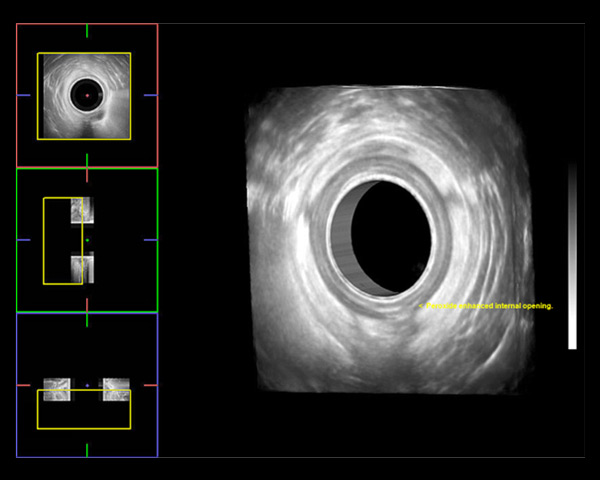Anal Fistula
Anal Fistula are one of the most common disorders of the anorectal canal.
Anal Fistula
Anal Fistulas are one of the most common disorders of the anorectal canal. Fistula in ano have high recurrence rate, usually due to missed or undetected sepsis at the time of examination. Timely diagnosis followed by intervention is key.
Evaluation of the fistula in ano using imaging ensures successful surgical planning, treatment, and management of the condition. MRI, Endoanal ultrasound, fistulography, and CT are all proven methods for diagnosis.
Endoanal ultrasound is generally preferable for localization of the internal opening and has high sensitivity and specificity for different anal fistula Parks Classifications. It offers an immediate and less expensive pathway to diagnosis (as opposed to MRI or other), which allows patients to get an earlier diagnosis and treatment.

Identifying Fistula
The Catalyst Ultrasound System allows practitioners to identify and follow the fistula tract using several key features.
Cine/Video File
Record and playback a clip of the entire anal canal. Click frame by frame to identify the exact location of the fistula tract and opening.
Measurement tool
Catalyst software has a built-in measurement tool to measure the length of the fistula tract as well as the internal opening.
3D Ultrasound Technology
Practitioners can use 3D to render, manipulate, view, and save all viewpoints. This includes the coronal, sagittal, and axial.
Ultrasound Probes
Halo ultrasound probes are designed to identify anal fistula.









